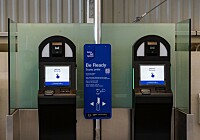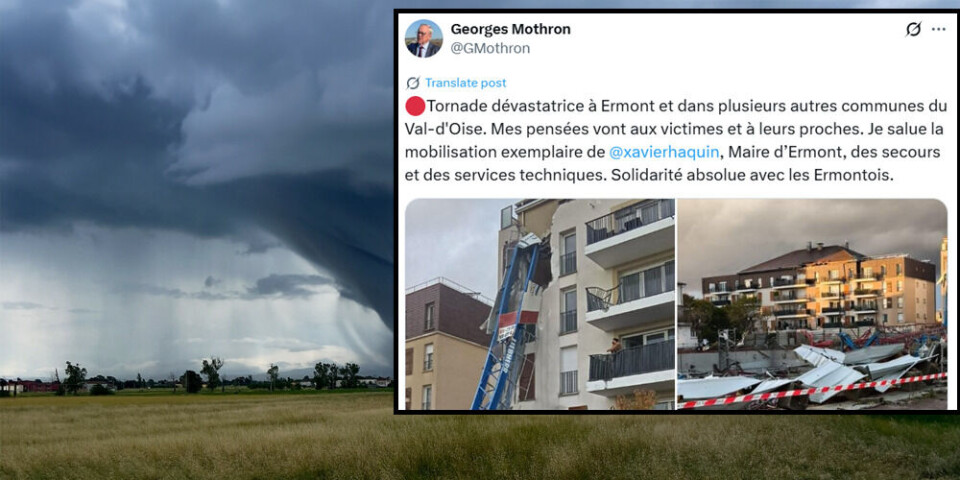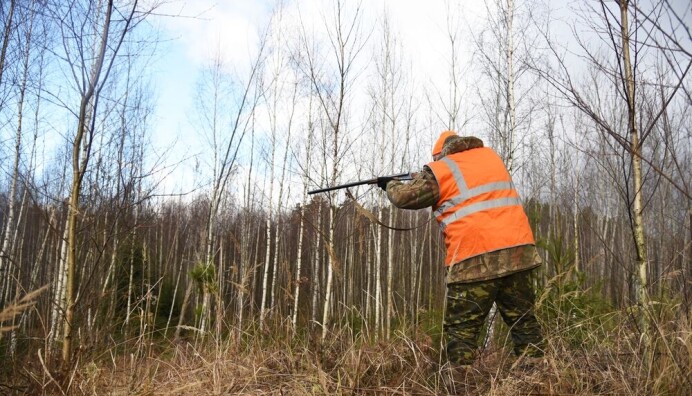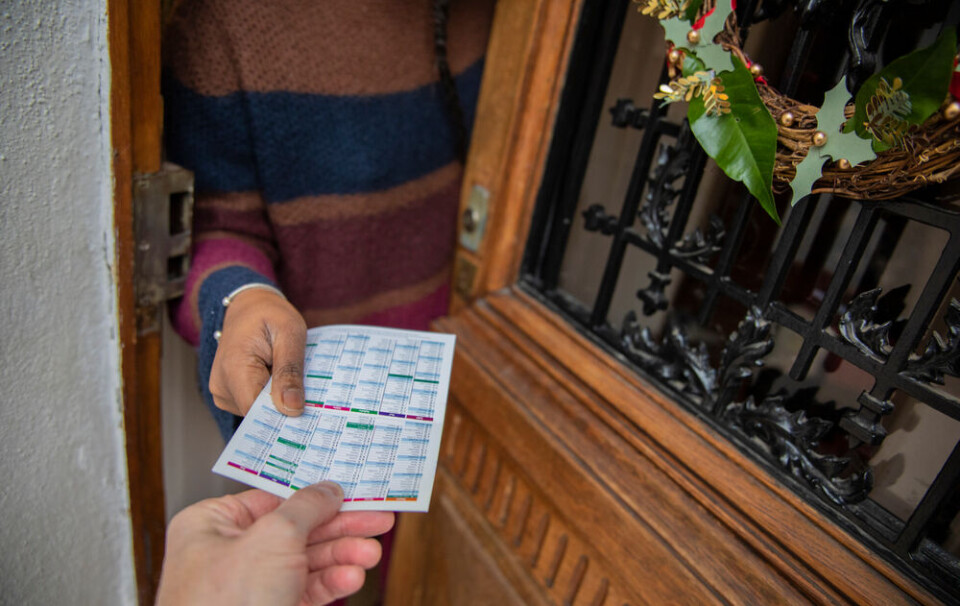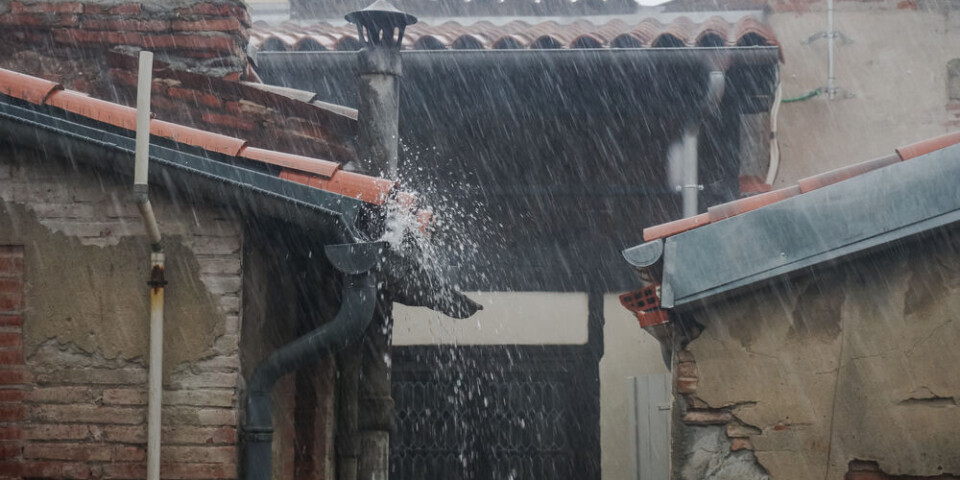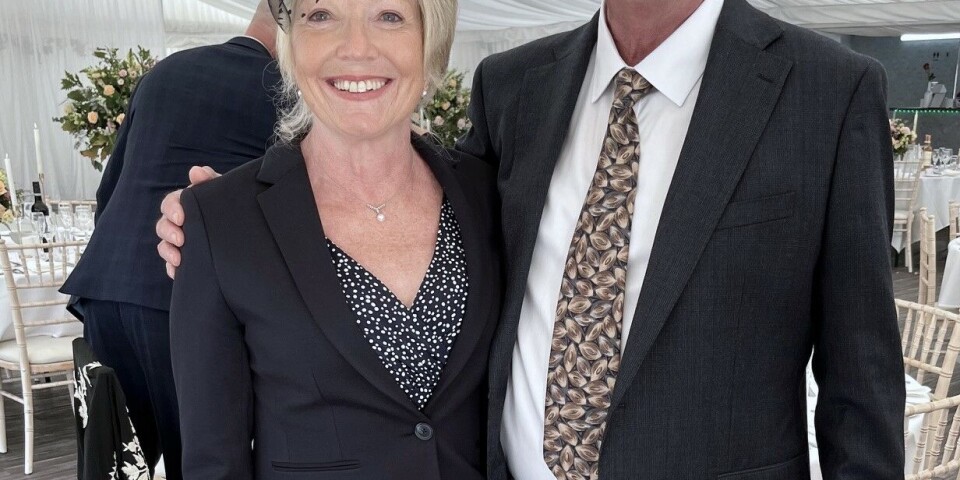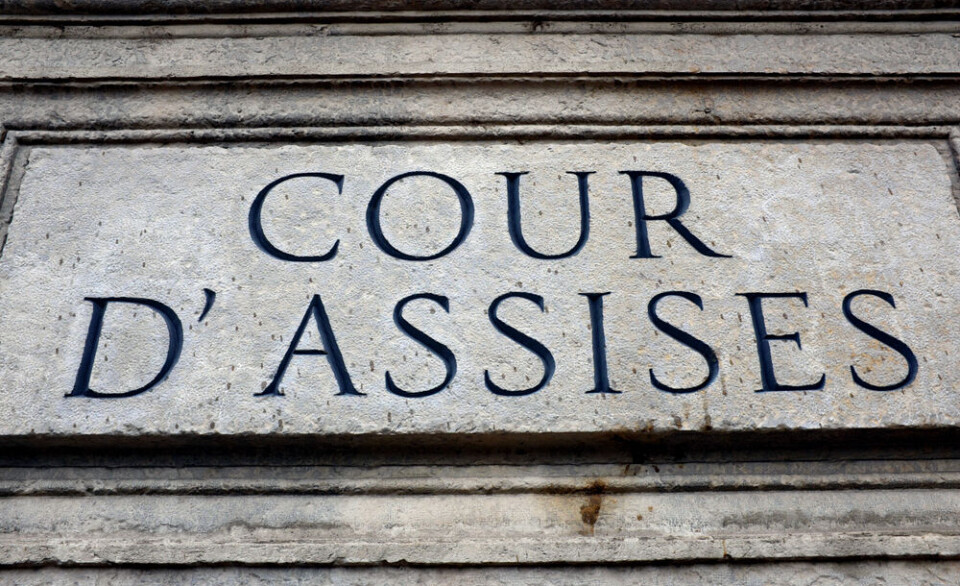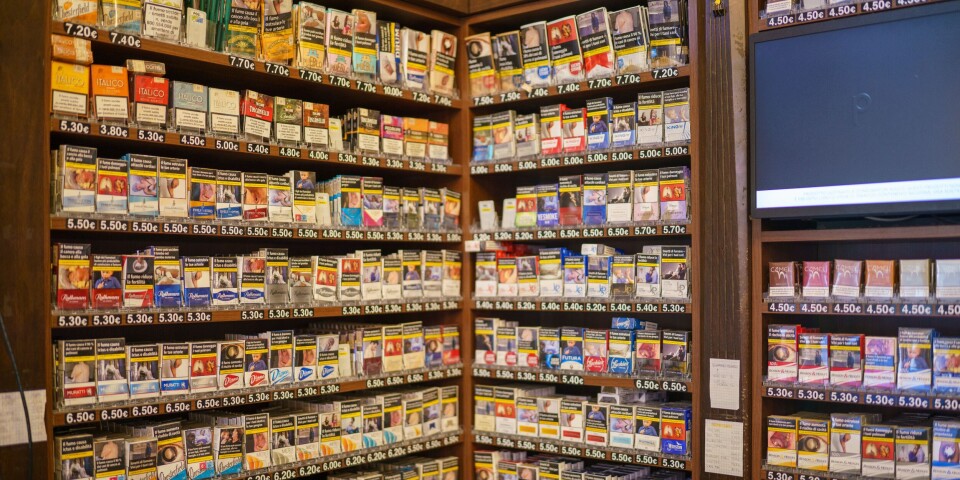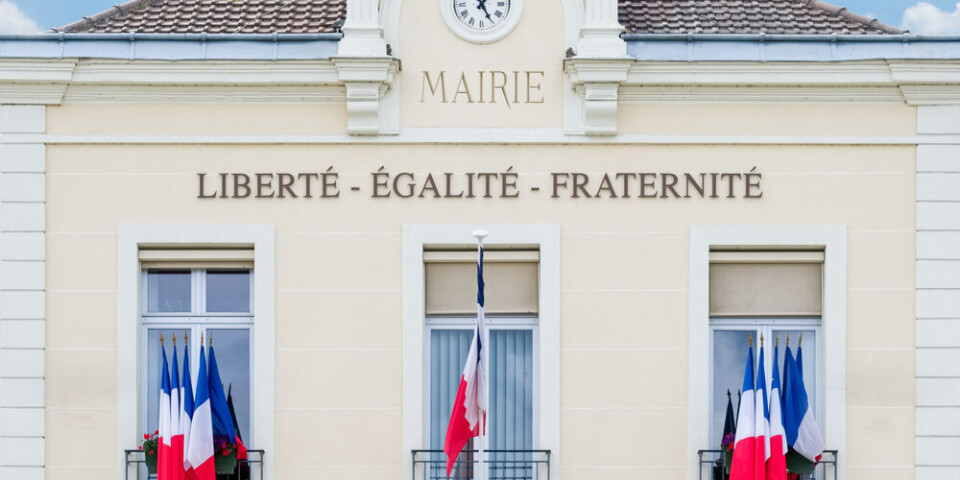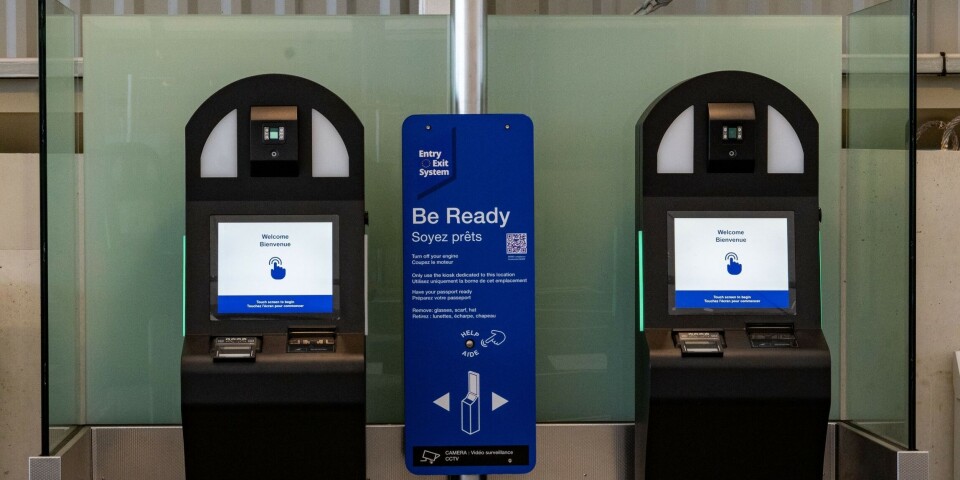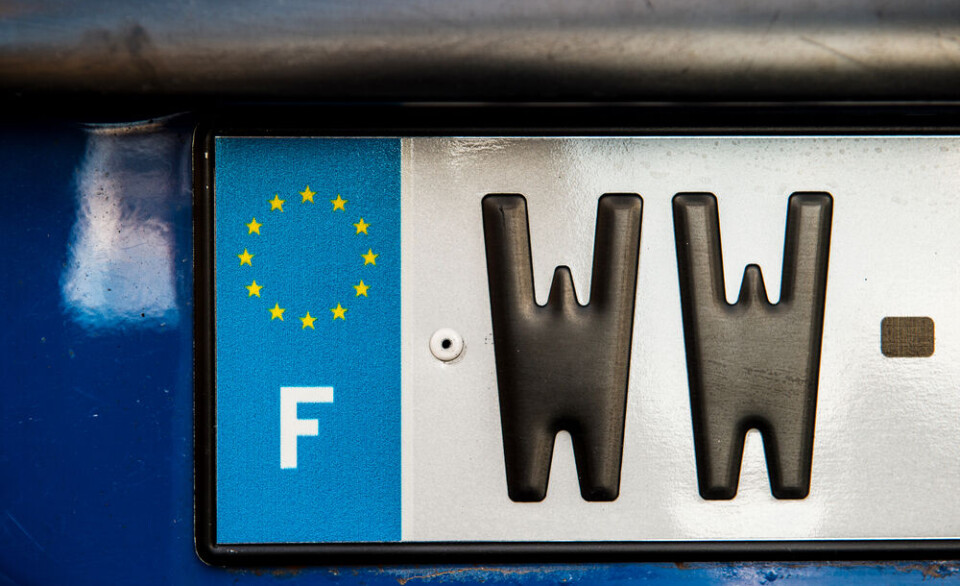Learning French: what is the difference between voir and voire?
These words both sound exactly the same but have different meanings
Find out how to avoid confusing voir and voire
NFstock/Shutterstock
These two words may look similar (and sound exactly the same), but the meaning behind each of them is very different.
When you hear voir and voire in spoken French, you will need to rely on context to identify which definition is relevant to discussion.
We look at ways to use these handy words and give tips on how to avoid confusing them.
What does voir mean?
Voir is a very common verb in the French language, meaning: to see.
It is most often used literally, to refer to your vision:
Or, it can be said figuratively to indicate that you have understood something:
What does voire mean?
Voire is a conjunction - a word which connects two words or ideas in a phrase.
It is similar to the way you might say aussi (also) or et même (and even), in French when adding additional information to reinforce or explain a statement.
For example, you can say:
It is considered neutral language but tips slightly towards the more formal register.
For this reason, you can use it in a range of contexts without any risk of causing offence.
You may hear this spoken out loud or see it written down in formal texts.
Read also: Learning French: when and why do we say avoir un œil de lynx
How to avoid confusing voir and voire?
To avoid mixing up these words, think about where they appear in a phrase.
Voir is often integrated into a sentence as the key action point, also requiring a subject (the thing doing the action).
Voire is usually said after a short pause or written after a punctuation mark. This is to illustrate that extra information is being added to a pre-existing statement.
Read also: Learning French: why the handy phrase rien à voir is often not linked to vision
The context of a discussion will also help to distinguish voir from voire. Just ask yourself: can I translate this word as ‘see?’
Have a go with the following phrase:
- Je vois toujours mon frère manger un paquet de chips quand je rentre de l'école, voire deux même.
Click to show answer
A) I always see my brother eat a packet of crisps, or sometimes even two, when I get home from school.
Thank you to reader Richard for this Learning French suggestion. If you would like us to explain any particular French words or expressions, let us know at: feedback@connexionfrance.com


